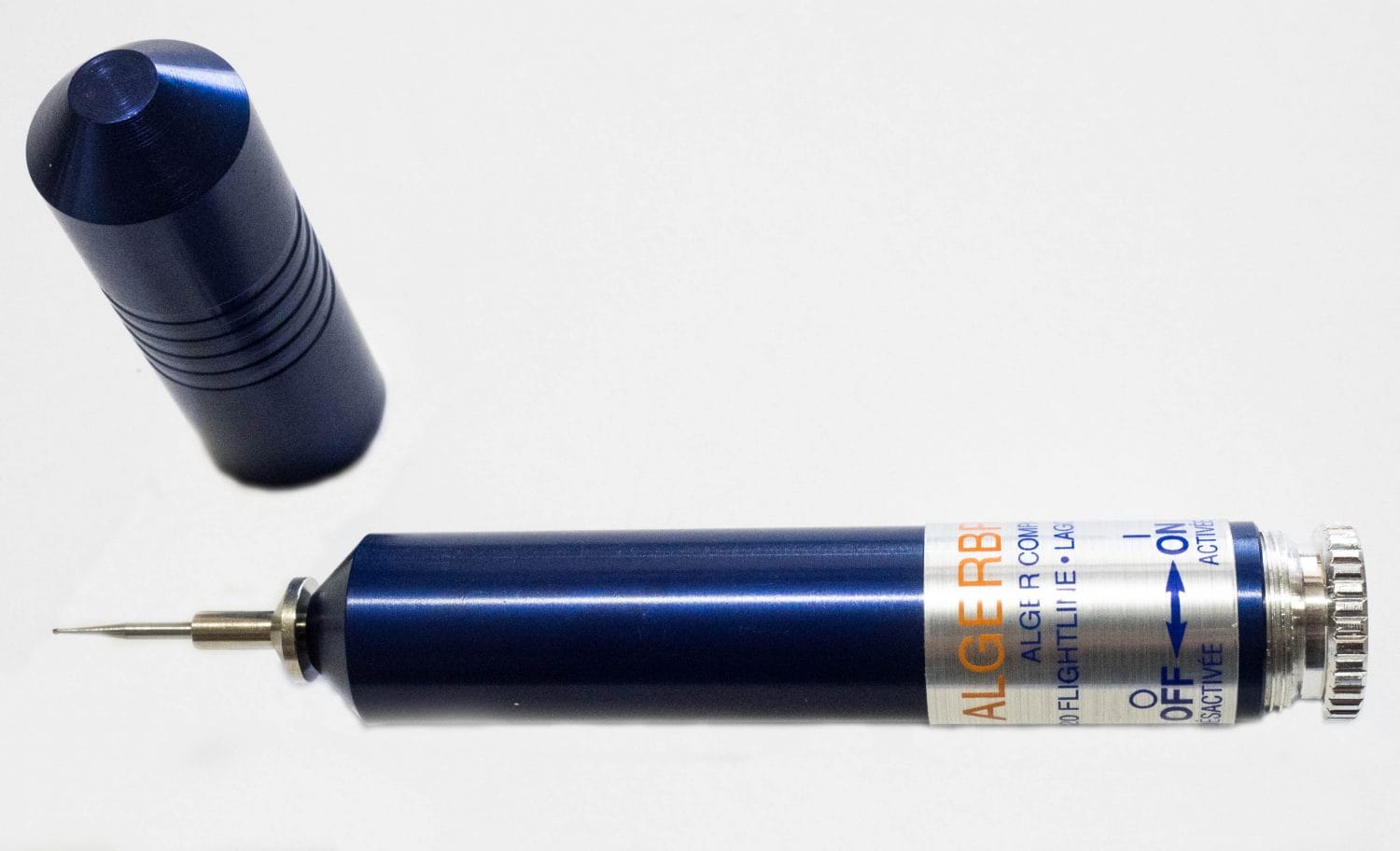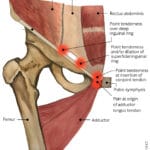Precise CPT coding for foreign body removal is crucial for accurate reimbursement and optimal patient care. From superficial splinters to complex endoscopic procedures, this guide decodes foreign body removal CPT codes for every scenario. Avoid claim denials and maximize revenue: Master the nuances of modifier -25 and other essential billing guidelines for foreign body removal.
Understanding CPT Code Selection
Understanding the correct Current Procedural Terminology (CPT) code for foreign body removal is essential for accurate billing and reflects the complexity of the service provided. Coding errors can lead to claim denials and lost revenue. Several factors influence which code to use:
Site of the Foreign Body
The location of the foreign body within the body dictates the appropriate CPT code range. Different code sets exist for various anatomical locations (e.g., hand, foot, eye, ear). For example, a foreign body in the forefoot varus area will have a different code than one located in the ear.
Depth of the Foreign Body
The depth of the foreign body (subcutaneous, intramuscular, organ) significantly impacts code selection. Deeper and more complex removals generally require higher-level codes.
Complexity of the Removal
Simple removals (e.g., a splinter) use different codes than complex removals requiring extensive dissection, endoscopy, or other specialized techniques. For instance, a complex removal from the foot may require a different approach than removing a simple splinter. Similarly, a complex removal might involve deeper structures or require specialized instruments, significantly impacting the code selection.
Method of Removal
The method used for removal also affects coding. An endoscopic removal will have a different code than an open incision and drainage procedure. For example, using specialized tools or imaging techniques during removal adds another layer of complexity to the coding process.
Common CPT Codes for Foreign Body Removal
While a comprehensive list requires referencing a current CPT manual, some common codes include:
- 10120: Incision and removal of foreign body, subcutaneous tissues (Example: Splinter removal)
- 20525: Removal of foreign body, muscle (Example: Removing embedded glass from muscle tissue)
- 28190: Removal of foreign body, foot, subcutaneous tissues (Example: Removing a splinter from the foot) If the removal involves the subcutaneous tissue of the foot, this code is likely applicable.
- 65222: Removal of foreign body from cornea (Example: Removing metal shaving from the eye’s surface)
- 91102: Removal of foreign body from ear, nose, or mouth (simple)
- 91103: Removal of foreign body from ear, nose, or mouth (difficult)
- 34400: Incision and drainage of abscess or hematoma of palate
- 40804: Biopsy of oral soft tissues (simple)
- 40805: Biopsy of oral soft tissues (complex)
This list is not exhaustive, and it’s crucial to consult the most up-to-date CPT manual for complete information.
Modifiers: Adding Specificity to Your Codes
Modifiers provide additional information about a procedure. Modifier -25 is frequently used with foreign body removal codes when a significant, separately identifiable evaluation and management (E/M) service is provided on the same day. This distinguishes the E/M service from the procedure itself and ensures proper reimbursement for both. For instance, if a patient presents with a complex embedded foreign body requiring a detailed examination and discussion of treatment options before removal, using modifier -25 ensures appropriate reimbursement.
Avoiding Coding Pitfalls
Common coding errors include:
- Incorrectly coding simple removals as complex procedures: Ensure documentation accurately reflects the complexity.
- Failing to use modifier -25 when appropriate: This frequently leads to claim denials.
Documentation Best Practices
Meticulous documentation is essential. Clearly describe the procedure, including:
- Location: Precise anatomical location of the foreign body.
- Depth: Specify subcutaneous, intramuscular, or organ involvement.
- Complexity: Note any factors increasing complexity, such as the need for specialized equipment.
- Method: Document the specific removal technique used.
- Anesthesia: If used, document the type and amount of anesthesia administered.
Thorough documentation supports your coding choices and provides valuable information for patient care.
Looking Ahead: Emerging Trends in Foreign Body Removal
Ongoing research continually refines foreign body removal techniques. Emerging technologies, like minimally invasive procedures guided by advanced imaging (ultrasound, CT scans), may influence future CPT code development. While 28190 is currently relevant, medical coding practices constantly evolve.
Keeping abreast of the latest CPT manual and seeking guidance from coding professionals are essential for staying current and ensuring accurate billing. This knowledge ensures proper reimbursement and reflects the quality of care provided.
This guide provides a comprehensive overview of foreign body removal CPT coding. Remember, if you have questions about medical coding related to historical contexts or cultural practices, like what might be encountered in a great plains people crossword, consulting with a coding specialist is always the best course of action. They can provide specific guidance tailored to your situation.
















